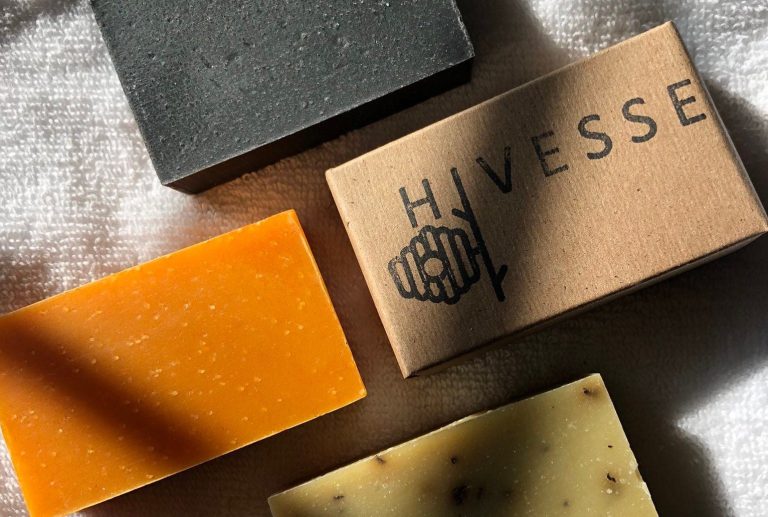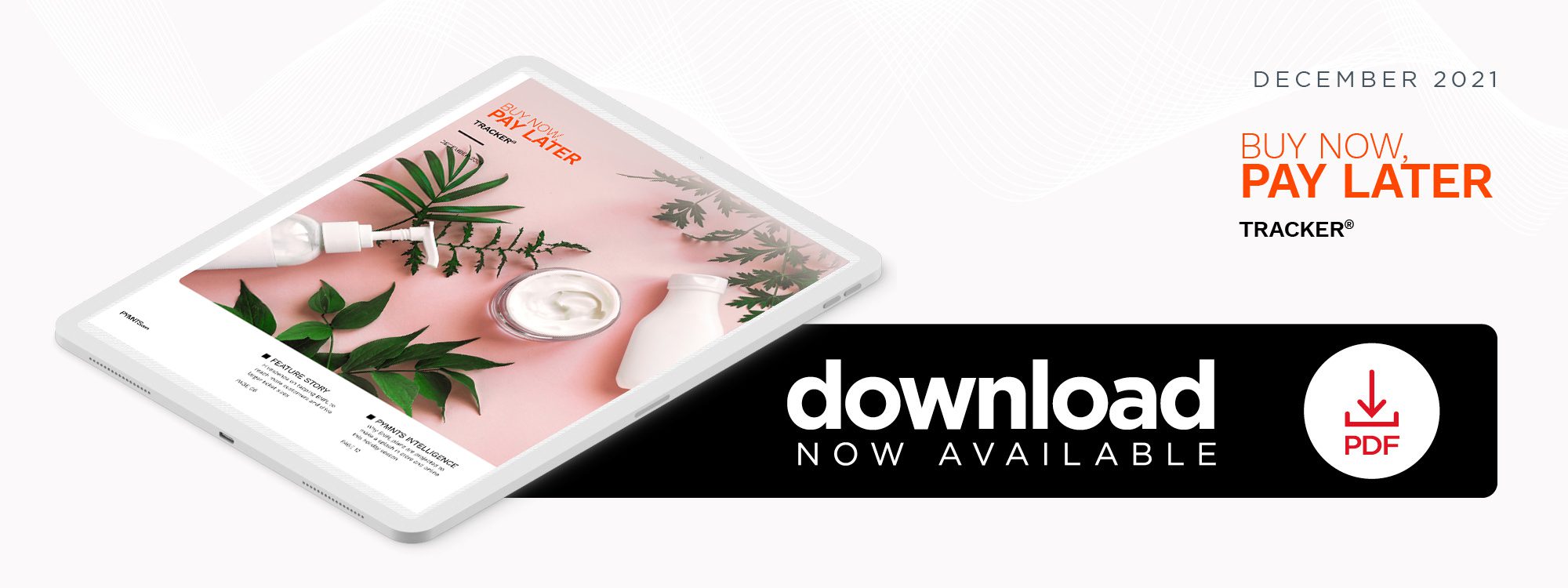Skincare And Wellness Startup Hivessence On Building Buzz And Sales With BNPL

A growing number of small and midsized businesses (SMBs) are also now converting browsers into buyers and encouraging bigger purchases with the aid of buy now, pay later (BNPL). In the Buy Now, Pay Later Tracker, David Burrows, co-founder of skincare company Hivessence, discusses how BNPL has boosted brand loyalty while creating a brand buzz that attracts new customers.
Standing out in the expanding eCommerce space is a challenge for all businesses, but few feel it as acutely as small to mid-sized businesses (SMBs). These smaller firms can struggle to break out from the crowd of eTailers and reach their target audiences, especially if they are just getting started. Even when they do, getting prospective customers to click “buy” is another hurdle, especially for SMBs that offer premium products with higher price tags.
There are a few steps smaller firms can take to put them on a better path to success, however, and getting their payments experiences right is one of them. Consumers shopping with eCommerce merchants — especially those that offer premium products — want access to digital payment options that can keep the purchasing process smooth and affordable, and buy now pay later (BNPL) is emerging as a particularly enticing option. Incorporating BNPL has been instrumental in giving smaller businesses a much-needed bump in exposure and conversion, according to David Burrows, co-founder of personal care products startup Hivessence.
Burrows and his wife co-founded Hivessence in April 2021 with a mission to sell eco-conscious personal care products, and a portion of their sales go to nonprofits that support bees and other natural pollinators. Hivessence sells 20% of its products via third parties such as spas and boutiques, but most of its sales are made online. Burrows explained that the company began offering a BNPL option on its website just before Black Friday, and doing so has made a big difference.
“We’ve been doubling sales month over month,” he said. “This December was double-double. Adding [BNPL] and some new metrics to our advertising and outreach, kind of understanding our audiences, has really helped. So, I’m a big fan of buy now, pay later.”
Using BNPL to Increase Ticket Sizes
Burrows said he and his wife had been interested in offering higher-priced packages even before they decided to offer BNPL options. They felt that enabling consumers to spread out the cost of larger purchases over multiple, interest-free payments would make those larger packages more viable, however. Implementing installment payments has indeed been a driving force in boosting ticket sizes, and Burrows noted that checkouts made using BNPL are approximately 20% higher.
“Skincare can run as high as $300 a purchase for one item,” he said. “We priced ours fairly competitively, I think. We don’t spend a lot of money on packaging. Everything we use is recycled — sustainable.”
He added that it would not be unusual for Hivessence customers to end up with $180 worth of purchases in their carts at checkout. Offering BNPL in these cases can make costs far more digestible.
“This kind of brings that perception of price down because instead of paying, maybe, $180 for their cart at checkout, now that’s been reduced to $37.80 or $57.60,” he said. “So that has increased traffic for new customers and has enhanced our sales for existing customers. They may not be getting their Christmas bonus until the end of the year, so this way, they get to go ahead and leverage that, not pay interest and then we get the benefit of that sale.”
Burrows said that the average Hivessence user is approximately 35 years old, female and hails from an urban area, though customers across all demographics make purchases. He remarked that BNPL use is still primarily the domain of younger consumers from urban areas and that seeing a BNPL-based purchase is a fairly strong demographic indicator in that regard.
Burrows also noted that he was also pleased with how simple BNPL implementation was. Hivessence’s site is hosted by web development services provider Wix, and its installment payment provider, Klarna, can be smoothly integrated into the platform. He said that, even though merchants pay fees to use BNPL services, these amounts are relatively minimal and users’ higher purchase amounts more than offset them. The full purchase amount for a sale is made available to the company sometime between customers’ first and second installments, he explained.
Secondary BNPL benefits
Burrows also said BNPL adds an element of affordability for shoppers. Enabling them to make interest-free payments provides a draw that is similar to offering free shipping or discounts at a much lower cost to the company.
“The incentive to use [it] has been a really good marketing tool that actually not only increases our revenue on checkout but [also] potentially can increase our profitability, even though it’s paid out a little bit later,” he said.
There are other benefits that come with working with BNPL providers as well, Burrows said. Klarna, for example, features merchants that use the service on its website and app, meaning Hivessence is now listed on the BNPL provider’s health and beauty partner directory.
“They’ve got our logo, a picture of one of our products, and then it clicks directly through to our homepage,” Burrows said.
Gaining exposure online, converting potential shoppers into customers and driving bigger ticket sizes can seem daunting, especially for smaller businesses aiming to find their footing amid the crush of online merchants. Adopting flexible payment methods such as BNPL, however, can help them enhance their appeal, boost their profits and see success from day one.
